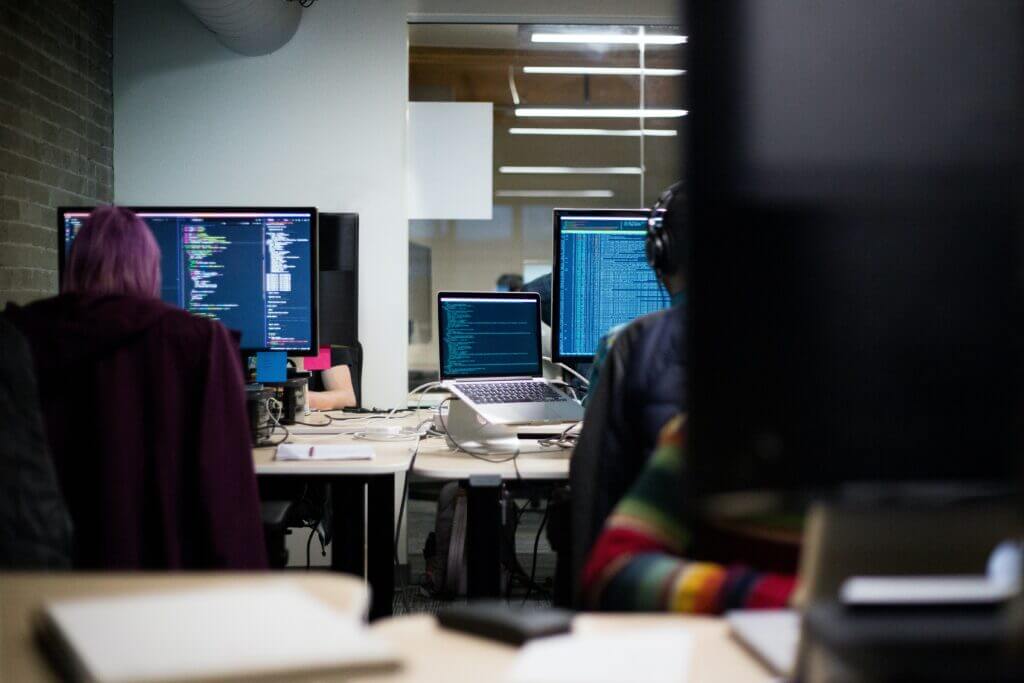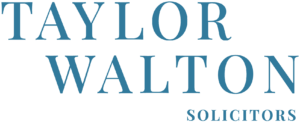
AI in the Workplace – the new “Human” Resources?
Artificial Intelligence (AI) has dominated the news in recent months with some stories promoting the benefits of AI and others warning of extreme disaster scenarios such as the extinction of humanity! Despite the potential dangers of AI and lack of regulatory framework, which is currently being considered at a parliamentary level, in practice the use of AI has arrived in our everyday lives and employers will need to consider the impact that AI will have, and may already be having, in their workplace. In this article, we outline the possible uses and risks of AI in the workplace from a HR perspective, and practical steps that can be taken by employers to protect their business.
What is AI?
AI refers to computers and machines that can perform tasks that would normally require human intelligence such as reasoning, learning, decision-making and visual perception. The technology available today allows machines to analyse data and use memory to learn and develop so the performance of tasks is as effective, if not more effective, than a human performing the same function.
Examples of AI use for HR
So, how does this translate into the workplace? AI is already being used by larger employers for laborious tasks such as screening candidates by sifting through CVs and application forms in recruitment. AI is also used to schedule and conduct interviews (by evaluating facial expressions and various cues) and filter candidates from online assessments.
AI can also be used to carry out procedural tasks usually allocated to HR functions such as maintaining databases of candidates or workers and managing employee information such as holidays, absences and performance.
The development of generative AI such as ChatGPT means that, in addition to the “categorising and identifying” uses above, AI systems will now more readily lend themselves to “creation” areas which previously required human intervention such as employee engagement and content creation. We are already seeing many examples of presentations, speeches, draft documents and conversation responses being created using AI.
Risks of using AI in an HR setting
Whilst the benefits of using AI for some tasks sounds positive, there are risks associated with the use of AI which may leave employers in difficult situations, possibly resulting in expensive litigation.
A well-known example of this came from Amazon in 2014 where they used AI to review job candidates’ CVs to rate the candidates on their suitability for the job. However, AI is only as good as the information it has been trained on and in this case, the AI had been trained using CVs submitted over the previous 10 years, which had been predominantly submitted by men. This created a significant bias in the output of the AI which determined that male candidates were better.
The generative AI technology available for employers to use today may have a similar algorithm bias due to the bias of humans creating the algorithms or bias in the data the AI uses to create its content. For example, it is possible that AI used to write job descriptions may use language which is more likely to attract male rather than female candidates (or vice versa). Further, AI is known to have previously been able to identify facial expressions more easily on humans with white skin than those from other ethnic backgrounds, which suggests bias could be present in AI used for video interviews.
It is therefore easy to see how the use of AI systems could lead to expensive discrimination claims. Indeed, often humans using AI do not actually understand how the AI has come to the decision it has reached or what information the AI used to create its content (and in many cases, the AI cannot explain its actions either). This will make any discrimination claim based on the use of AI very difficult for employers to defend, because they will not be able to explain their reasoning, and employers may be held liable for an outcome over which it may have had no control. Further, employers using chat functions, such as ChatGPT, to liaise with its employees will have little control over what is actually being said which could lead to claims of harassment or constructive dismissal if there are inappropriate communications.
Practical tips for employers
Employers looking to embrace the use of AI in the workplace should consider putting in place safeguards to mitigate the risks associated with AI:
- Confidence in the technology – Before employers implement a new technology in their business they should be confident that the company or individuals who have created the technology can demonstrate that the risks of bias and discrimination have been minimised as far as possible;
- Human intervention – AI alone should not be used to make decisions or engage with employees. There should always be an element of human involvement in the recruitment process and employment relationship and HR professionals should be trained to critique decisions made by AI for signs that they may fall foul of the Equality Act 2010 or other employment legislation.
- Evaluation of bias – Employers should continually monitor and audit the effect AI is having on their workplace, such as carrying out equality impact assessments and monitoring diversity and inclusion to identify signs of bias.
- Policies and procedures – Employers should implement and maintain policies and procedures around the use of AI in the workplace, ensuring that the purposes for which it is used are clearly set out and the individuals using the technology are adequately trained.
- Recognise special circumstances – certain circumstances may make the use of AI inappropriate and separate systems should be put in place to accommodate this. For example, AI algorithms may be biased against individuals with a disability due to the activities on their CV being different to historic candidates or more time being needed to complete online tests. Even where an employer is confident it has safeguards in place to avoid discrimination against disabled persons, it would be sensible to remove AI from the picture to ensure that an employer’s decision making can be explained at each stage if the need to defend a claim arose.
- Data protection – Employers will also need to consider their data protection obligations and the rights of individuals where personal data is being processed using AI. This may include updating their privacy notice and conducting a data protection impact assessment.
Many employers are embracing the use of AI to help them effectively and efficiently recruit and manage their employment relationships. However, in such unchartered territory, employers should be mindful of the real risks to their businesses and employees and take steps to mitigate these.
If you have any queries about AI in the workplace, or other employment law matters, please contact a member of the employment department, via email or at our Luton office.
Disclaimer: General Information Provided Only
Please note that the contents of this article are intended solely for general information purposes and should not be considered as legal advice. We cannot be held responsible for any loss resulting from actions or inactions taken based on this article.
Insights
Latest Insights



Request a call back
We’ll arrange a no-obligation call back at a time to suit you.

